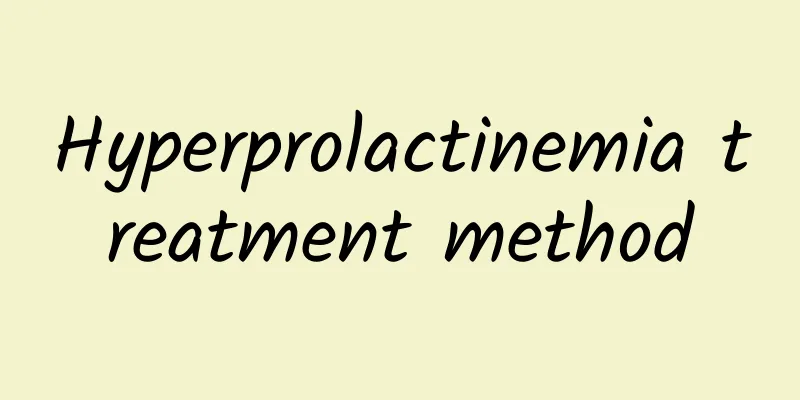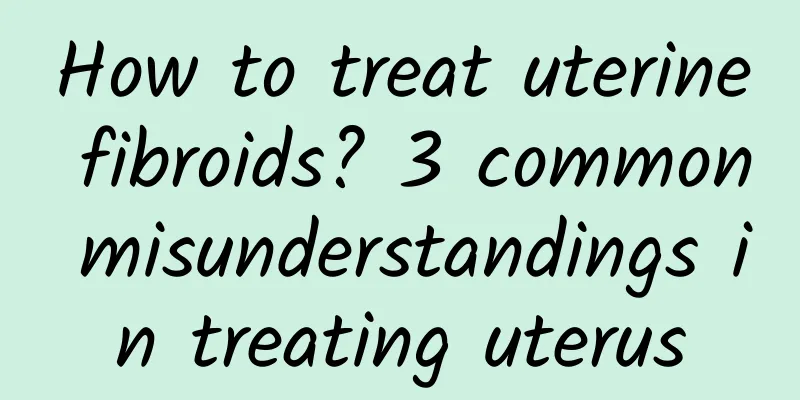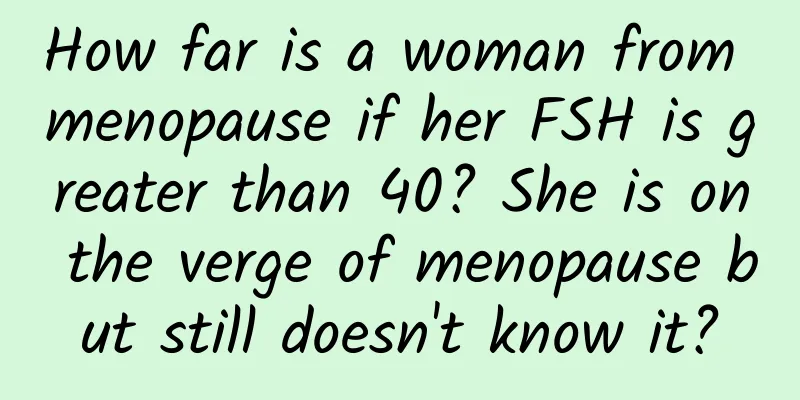Hyperprolactinemia treatment method

|
Hyperprolactinemia is a disease of the pituitary gland and is relatively common in life. The biggest harm caused by hyperprolactinemia is reduced sexual desire, which greatly affects the quality of sexual life between couples. Therefore, many patients are concerned about the treatment methods. So, what are the radical treatment methods for hyperprolactinemia? 1. Anti-prolactin drugs Antiprolactin includes bromocriptine, long-acting bromocriptine, tergoline, cabergoline, terguride, methylergoline, quinagoline, and lisuride. 2. Surgery It is suitable for patients with giant adenomas that present intracranial compression symptoms, who are ineffective with bromocriptine treatment, giant adenomas, and serotonin-induced cell tumors that secrete multiple pituitary hormones. The current transsphenoidal microsurgery is safe, convenient, and easy to perform, and its efficacy is similar to that of bromocriptine therapy. The combination of bromocriptine before and after surgery can improve the efficacy. The disadvantages of surgery are that pituitary tumors have no obvious capsule and unclear boundaries, and it is not easy to be thorough or damaged during surgery, which can cause cerebrospinal fluid nasal fistula and postoperative hypopituitarism. It is worth noting that although preoperative bromocriptine treatment can shrink the tumor, it can cause tumor fibrosis, sclerosis, and adhesion of surrounding tissues, which is not conducive to surgical separation and resection. Therefore, if surgery is determined, medication can be temporarily stopped before surgery, and medication or radiotherapy can be supplemented after surgery. The mortality rate of microsurgical resection of pituitary prolactin adenoma is less than 0.5%, the incidence of temporary diabetes after surgery is 10% to 40%, and permanent diabetes and iatrogenic hypothyroidism are less than 2%. The probability of prolactin and ovulation returning to normal after microadenoma surgery is 65% to 85%, while that of macroadenoma is 20% to 40%, and the visual field returns to normal in 85%. 3. Chemotherapy It is suitable for non-functional tumors of the hypothalamus-pituitary system and those who have not responded to drug and surgical treatment. Currently, advanced stereo focused radiotherapy methods are mostly used, including: deep X-rays, γ, 60Co, α particles and proton rays, radionuclide 90Y, 198Au pituitary implantation, etc. The above is an introduction to the treatment methods for hyperprolactinemia. I hope it will be helpful for patients. Hyperprolactinemia is a very complicated disease. In order to get the best treatment, it is recommended to go to a regular hospital for treatment according to the condition and try to cure the disease as soon as possible. |
<<: Can hyperprolactinemia be cured?
>>: What vegetables are good for patients with hyperprolactinemia?
Recommend
Beat the scale! Press 4 acupoints to promote metabolism and eliminate edema
For women who are struggling with the scale, losi...
Experts introduce several tips for treating dysmenorrhea
What are the methods for treating dysmenorrhea? W...
Is weight loss only possible through surgery and medication? Study: High-protein diet is effective in increasing muscle and reducing fat
According to the Health Promotion Statistical Yea...
What are the traditional Chinese medicine treatments for chronic chocolate cysts?
Chocolate cyst is not a tumor as we understand it...
Soy milk not only protects the cardiovascular system! There are 4 major benefits of drinking soy milk! Nutritionist Gao Minmin: 6 recipes for drinking soy milk in various ways
Waking up in the morning and drinking a cup of fr...
Why does uterine fibroids grow during cesarean section? Will cesarean section cause uterine fibroids?
Why does a cesarean section cause uterine fibroid...
What are the symptoms of miscarriage?
What are the symptoms of miscarriage? This is a q...
What to do in the cold spring? Foot soaking is popular for weight loss
Spring is approaching, but the temperature differ...
What are the symptoms of uterine fibroids?
Whether uterine fibroids have symptoms and their ...
Professional knowledge on abortion medication
In a woman's life, due to the lack of prevent...
What are the symptoms of ovarian cysts? Do ovarian cysts cause infertility?
The appearance of ovarian cysts will not only aff...
How can patients with Bartholinitis strengthen their own health care?
The Bartholin's glands are located at the bac...
Increase satiety and help lose weight! Eat 7 oatmeal weight loss recipes
Every 100 grams of oatmeal contains 9 grams of di...
Why does bacterial vaginosis occur?
Bacterial vaginosis may be caused by poor hygiene...
What are the symptoms of vaginitis in pregnant women?
I believe you must have a certain understanding o...









